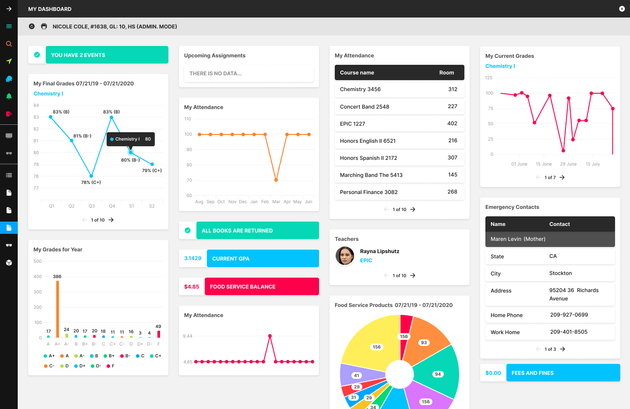Whether you are working on a small scale project with modest goals or coordinated with teams of different departments, an understanding of the project life cycle is important. Especially when it comes to project related to information technology. It helps the company in gaining a fresh perspective of the project and how it fits the business strategy.
Not just this, software development project life cycle assist in prioritizing the business’s resources while ensuring efficient use. The benefits of project life cycle do not end here, it sets the scope, schedule & budget accordingly from start to finish.
Besides, if we talk about outsiders, they might think project management is unimportant and easy. To them it may look like, talking to clients, scheduling meetings, assigning tasks and letting team members know the deadline. But in reality, it is different. Someone who has managed the IT-related projected will let you know that it is much more than that. As time is passing companies are realizing the importance of project management or project life cycle. Before initiating, companies now make some important decisions related to it.
Moreover, information technology project life cycle helps in managing the efforts of the entire team involved in the project. Apart from this, IT project outlines the technical work hence, for such tasks understanding and designing the project life cycle is important.
IT project management life cycle have five phases, let’s dig into it…
Phase 1: Identification
Identification is regarded as the first phase of the software development project life cycle. Here you include and realize all the activities related to the development of business case and proposal of project. Furthermore, the identification phase is also triggered when an individual, team, or department identifies that a project is worthy and has multiple opportunities for overall growth.
During the first phase, the companies or individuals send sponsors a business case or proposal to persuade them. Such documents include complete information of the project, timeframe, costs and major risks associated with it. After receiving the business case, sponsors evaluate the project and decides whether it should be undertaken or not. In simpler terms, here the project manager or company assess the business need and look for an ideal solution. After the project receives formal sponsorship, the second phase of the project life cycle starts.
Phase 2: Initiation
It is the second stage/phase of the project life cycle. Here the companies or the project manager list down all the deliverables and resources which are required to complete the project once the business case is approved. In addition to this, in the first phase, the project is fully defined so that in the second stage it can be planned realistically and practically. After this, the potential sponsor assigns the project manager. The project manager is responsible to describe the scope of the project and prepare charters accordingly.
Besides, in the initiation phase, the project manager identifies the stakeholders to be involved, defines the timeframe of the project and also provides the rationale. Not just this, the project manager clearly defines the core project deliverables, all the associated risks and assumptions of the project. Moreover, this phase concludes after the sponsor gives approval to the project manager for the planning phase.
Phase 3: Planning
In phase 3 of the project life cycle, the project manager plans accordingly considering all the information gathered in the second phase. Traditionally it is considered as the most important phase of the project life cycle. However, the project managers often overlook or oversee the planning phase, which makes their project planning weak. They sometimes jump directly to the delivery phase without even realizing what they are missing. In addition, a well-developed plan ensures that the team involved will complete the IT-related project successfully, as it is planned. In the planning phase, the manager makes schedule and list down all the resources to complete the project, including a budget, performance measures, clear actions, communication & risks. Ultimately, this phase concludes when the sponsor approves the plan.
Phase 4: Delivery
In the delivery phase, two sub-phases occur simultaneously. This phase starts when the deliverables of the project are completed and the progress is reported to the sponsor. It includes execution, monitoring and control. In execution, with the approved plan, the software development project moves to delivery process phase of the project lifecycle. Here the team completes the task identified in the previous 3 phases and develops project deliverables. The execution stages complete when the project is accepted by the sponsor.
If we talk about delivery-monitor and control, it is the second portion of the delivery phase. It involves the activities which help in tracking the progress of the work. In simple terms, here the team keep the schedule, plan, project progress and issues up to date. Also, there are no templates or deliverables associated with it. But the sponsor or the stakeholder may request to provide project status & reports briefing completely about the task.
Phase 5: Closeout
Closeout is the final phase and in this phase, the team must ensure to complete all the activities to officially complete the project. Besides, after getting acceptance for the delivered work, the team or project manager documents all the learned lessons and archives documentation to use in the future. Hereafter, the project manager transfers the deliverables to the support or operation unit/ staff to maintain it as an operational activity.





